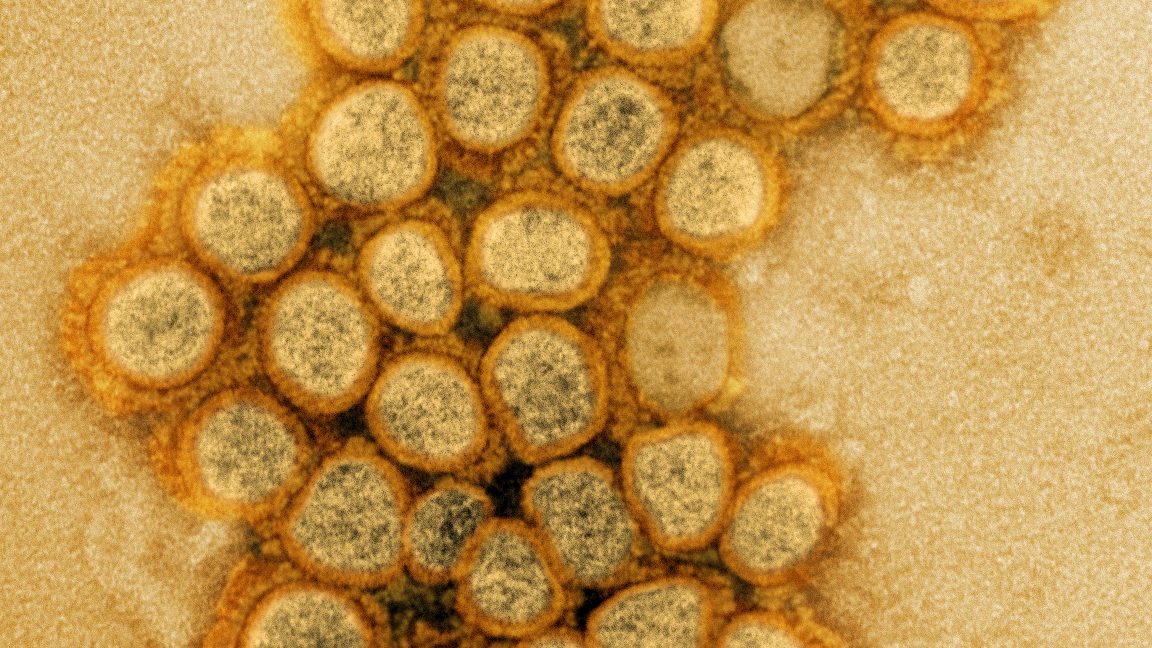Amidst low COVID-19 transmission rates in the United States, health professionals are increasingly apprehensive about the possibility of a significant summer surge. This concern arises as two key factors appear to be converging: a decline in infection activity suggesting that the population’s protective responses may be diminishing, alongside the emergence of a new SARS-CoV-2 variant that demonstrates enhanced infectious capabilities.
The variant, named NB.1.8.1, is a descendant of the omicron lineage, specifically originating from the recombinant variant XDV.1.5.1. This new variant possesses several mutations that could potentially enable it to bind more effectively to human cells and evade certain immune defenses, giving it a comparative advantage over the prevailing omicron variants JN.1 and LP.8.1.
On May 23, the World Health Organization officially categorized NB.1.8.1 as a “variant under monitoring,” indicating that preliminary data suggest it may surpass other variants, although its impact on populations is yet to be determined. In recent weeks, several regions in Asia, including China, Hong Kong, Singapore, and Taiwan, have reported rising infections and hospitalizations linked to the spread of NB.1.8.1. Fortunately, initial findings indicate that this variant does not lead to more severe illness, and current vaccines are expected to remain effective against it.
Despite this, NB.1.8.1 is rapidly gaining traction in the U.S., prompting fears of a similar surge domestically. According to the latest data from the Centers for Disease Control and Prevention, about 37 percent of COVID-19 cases in the U.S. are now attributed to NB.1.8.1, a significant jump from 15 percent just two weeks prior. It is on the brink of surpassing LP.8.1, which currently accounts for approximately 38 percent of cases.
It’s crucial to understand that these estimates rely on limited data; therefore, the CDC warns that there could be substantial variability in the actual proportions of these variants. For NB.1.8.1, estimates range from 13 percent to 68 percent of cases, while LP.8.1’s range is between 23 percent and 57 percent.

